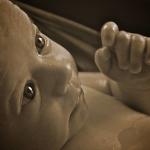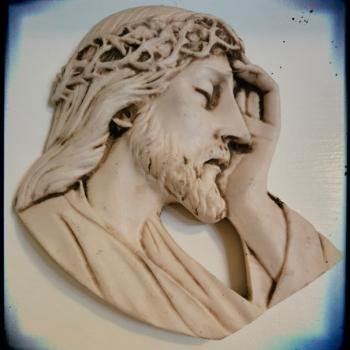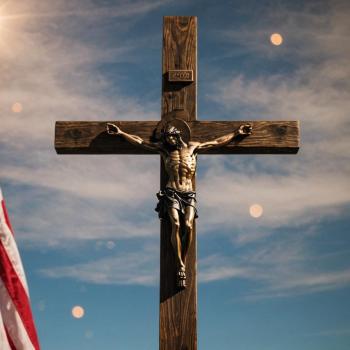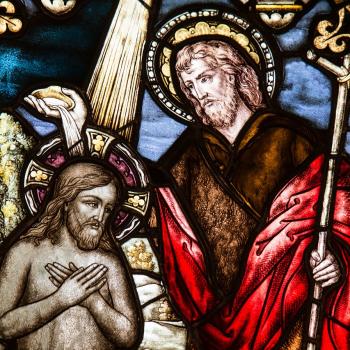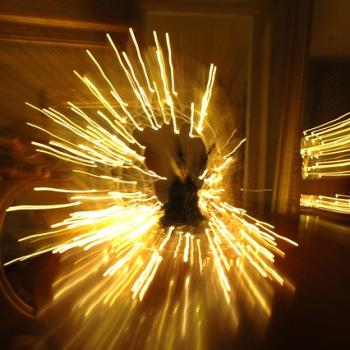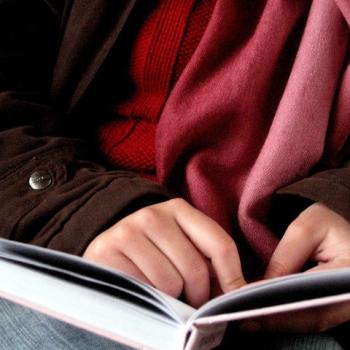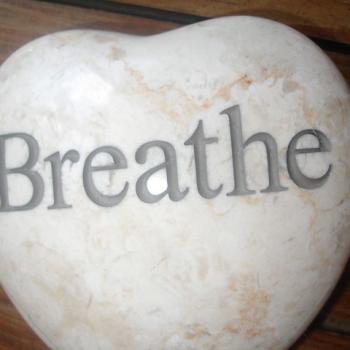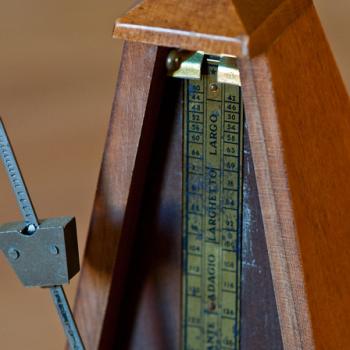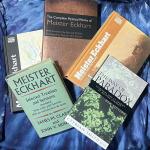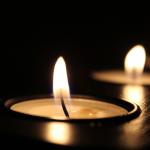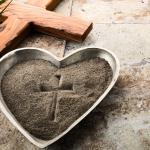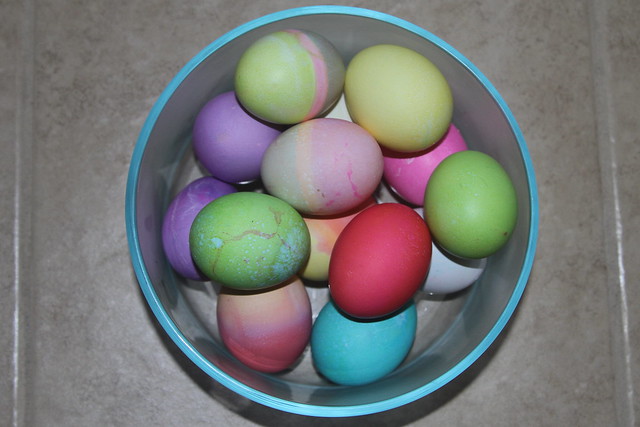
What Makes This Week So Holy?
It is not because these eight days are measurably more holy than the last few days.
I am a member of a liturgical church. We divide each year into liturgical seasons like winter, spring, summer, and fall. The final week of the liturgical season of Lent, which some churches call Holy Week, is this week. Lent begins on Ash Wednesday, which is not on the same day every year. It is a season of preparation and anticipation for Easter, which begins a week from tomorrow.
During Lent we pause to remember, to reflect, and to recognize what we do not really need. This week is the final week of Lent. The opportunities for pausing are beginning to run out.
This week is filled with days of special significance on our liturgical calendar. The services throughout the week give an overview of the story of how Christianity began.
Palm Sunday
Last Sunday was Palm Sunday, the beginning of Holy Week. Palm Sunday is one week before Easter Sunday every year. We remember what is called the Triumphal Entry of Jesus and his followers into Jerusalem on Palm Sunday. Our scriptures tell us he was received as the rightful king and as conquering heroes. People lined the way, shouting praises and throwing down palm branches to smooth out the unpaved road.
Palm Sunday is a dramatic reminder that someone can be received as a hero and, in less than a week, arrested and executed.
Many churches do not hold particular special services on Monday, Tuesday, or Wednesday. It is not because those days are less important. Many churches are open for prayer and reflection.
Maundy Thursday
Thursday in Holy Week is known as Maundy Thursday. The word “maundy” comes from Latin and means “command.”
We remember what is called the Last Supper and the arrest of Jesus on Maundy Thursday. The Last Supper is the meal Jesus shared with his followers before he was arrested. At this meal, he gave them advice and the commands which give Thursday its name.
Our scriptures tell us that, before they ate supper, Jesus washed the feet of his followers. At a time when people travelled primarily on foot, it was customary for guests to have their feet washed. It was surprising that Jesus, their leader, washed the feet of his followers. Many churches commemorate this part of the Last Supper in a spiritual practice of foot washing on Maundy Thursday.
In addition, some churches maintain a prayer vigil throughout the night between Maundy Thursday and Good Friday. Often, people sign up to pray at the church for an hour through the night.
While in college, I was part of a church which was less liturgical than my church now. That church, the Community of Christ the Servant, did not have a Maundy Thursday service. Instead, we had a party in someone’s garage with a stereo, some bottles of wine, and light food. After we have relaxed for a little while, we turned down the stereo and the pastor said a few words. He reminded us that the first Maundy Thursday, which we were remembering, was not a service in a church. It was a group of friends, people who knew other other well, getting together for supper.
That experience opened my eyes to a new appreciation of Maundy Thursday.
Good Friday
Friday in Holy Week is known as Good Friday. On Good Friday we remember the passion and execution of Jesus.
People often ask, given its purpose, why we call it Good Friday. It does not sound, at first, all that good.
In some ways it is like why we call this week Holy Week when it is not appreciably more holy than other weeks.
People often emphasize the pain and suffering, the ordeal of Jesus’ execution. That first Good Friday was not a pleasant day to experience. It did, though, accomplish great good.
There is a strong strain in Christian thought and belief which recognizes the value of sacrifice. Good Friday sets an example of generosity and sacrifice for us to follow.
The Great Vigil of Easter
On Saturday of Holy Week my church holds a service called the Great Vigil of Easter. It is my favorite service of the entire liturgical year.
The Great Vigil of Easter marks the boundary between the seasons of Lent and Easter. The service begins in darkness, which is very Lent. We light long candles from a fire outside and share the flame to smaller candles throughout the church. Readings and music tell our story, the story of how we relate to the Sacred, and we remember.
At a point as the service continues, Lent is finished and Easter begins.
The lights come on, what has been hidden is revealed, people make as much noise as they can. The new life and resurrection of Easter fills the rest of the service.
The Great Vigil of Easter makes me feel like we are getting a head start on Easter Sunday.
Easter Sunday
Easter Sunday is the culmination of Holy Week. The services feel joyful and celebratory, particularly after the season of Lent.
Growing up, we usually attended an Easter Sunrise Service which began before dawn. Often there was snow on the ground and a chill in the air on Easter mornings in Wisconsin.
A Particularly Holy Week, Not The Only Holy Week
Each day this week will help make it a particularly holy week. It is not that it will be more holy than last week, or next week. We will make this a holy week by how we spend the next eight days and nights.
There is still time for us to pause and reflect, to remember and tell our stories. Together we can help make this a particularly holy week.
Where will we find the Holy, the Sacred this week?
How will we remember our story each day this week?
[Image by Jim, the Photographer]
Greg Richardson is a spiritual director in Southern California. He is a recovering assistant district attorney and associate university professor and is a lay Oblate with New Camaldoli Hermitage near Big Sur, California. Greg’s website is http://StrategicMonk.com and his email address is StrategicMonk@gmail.com.


